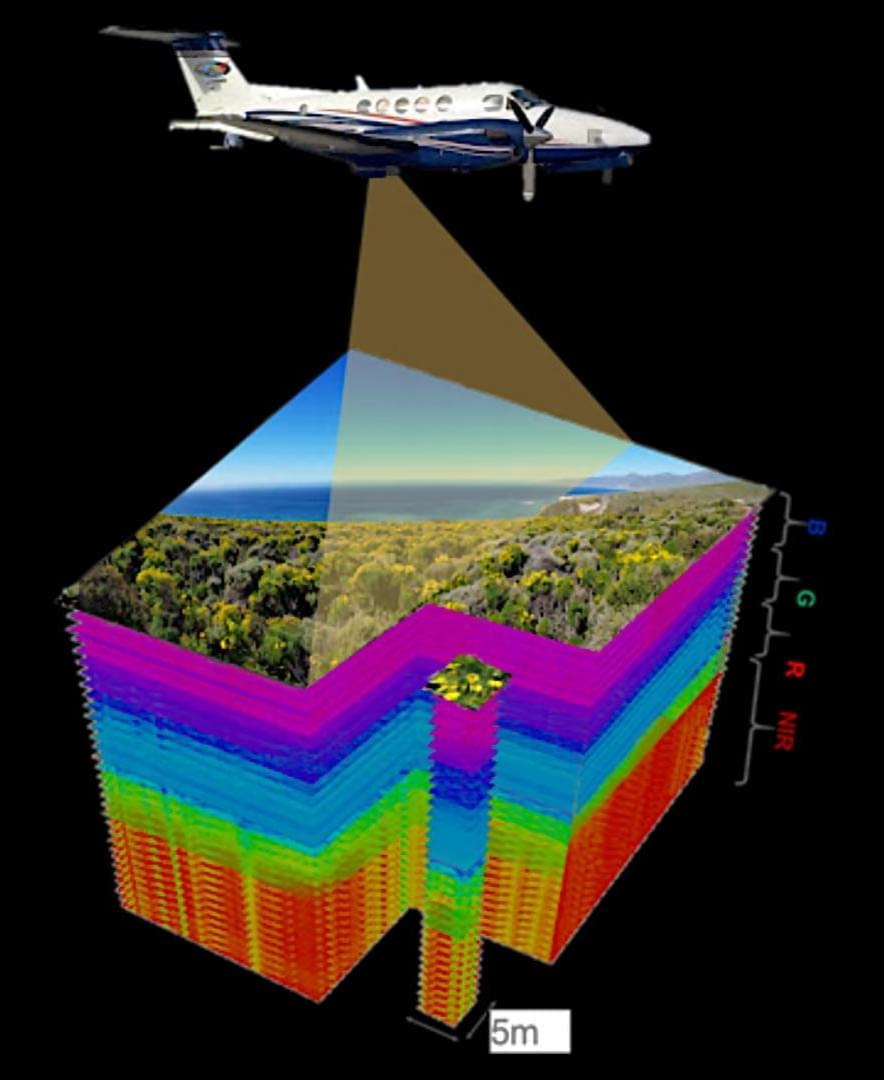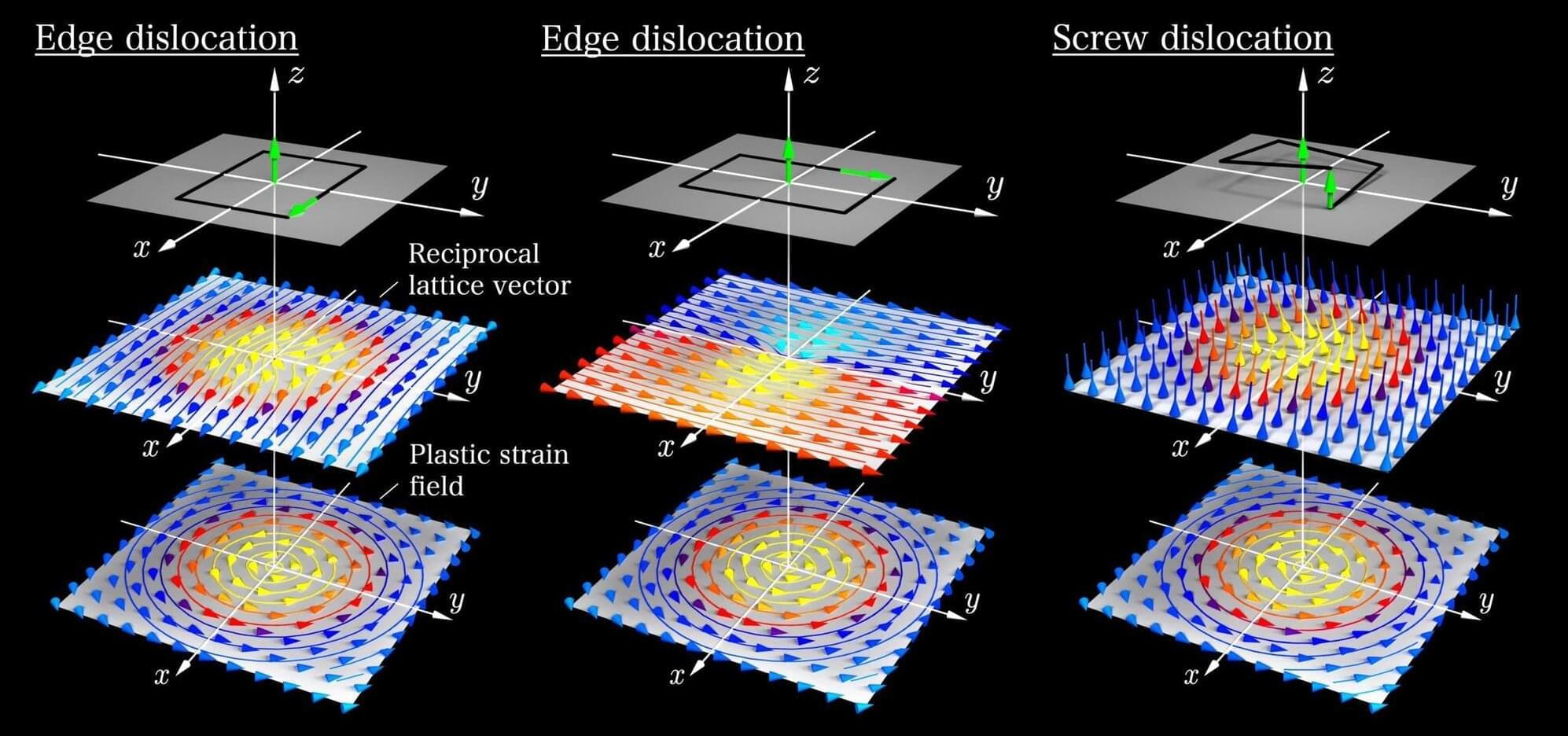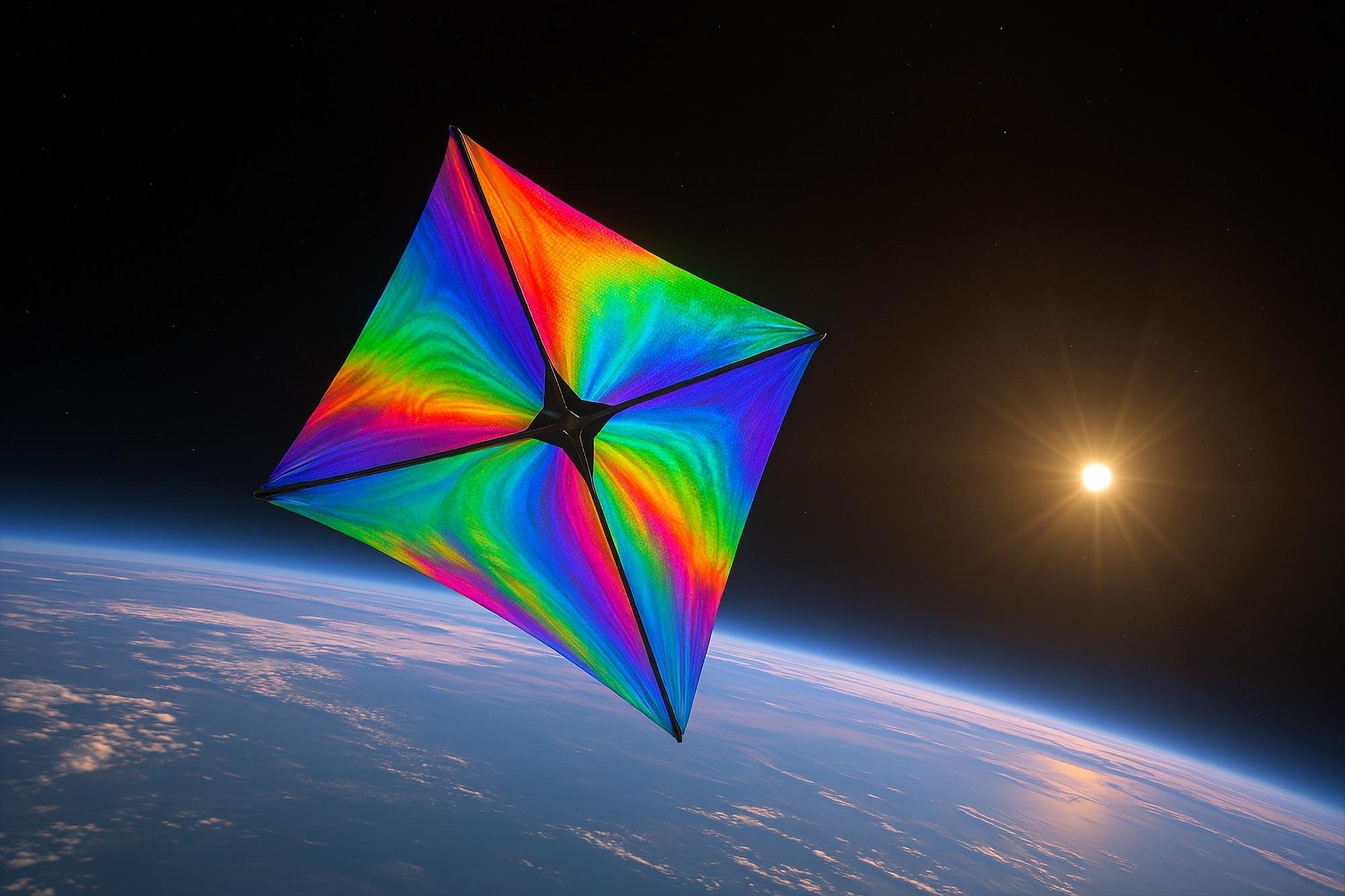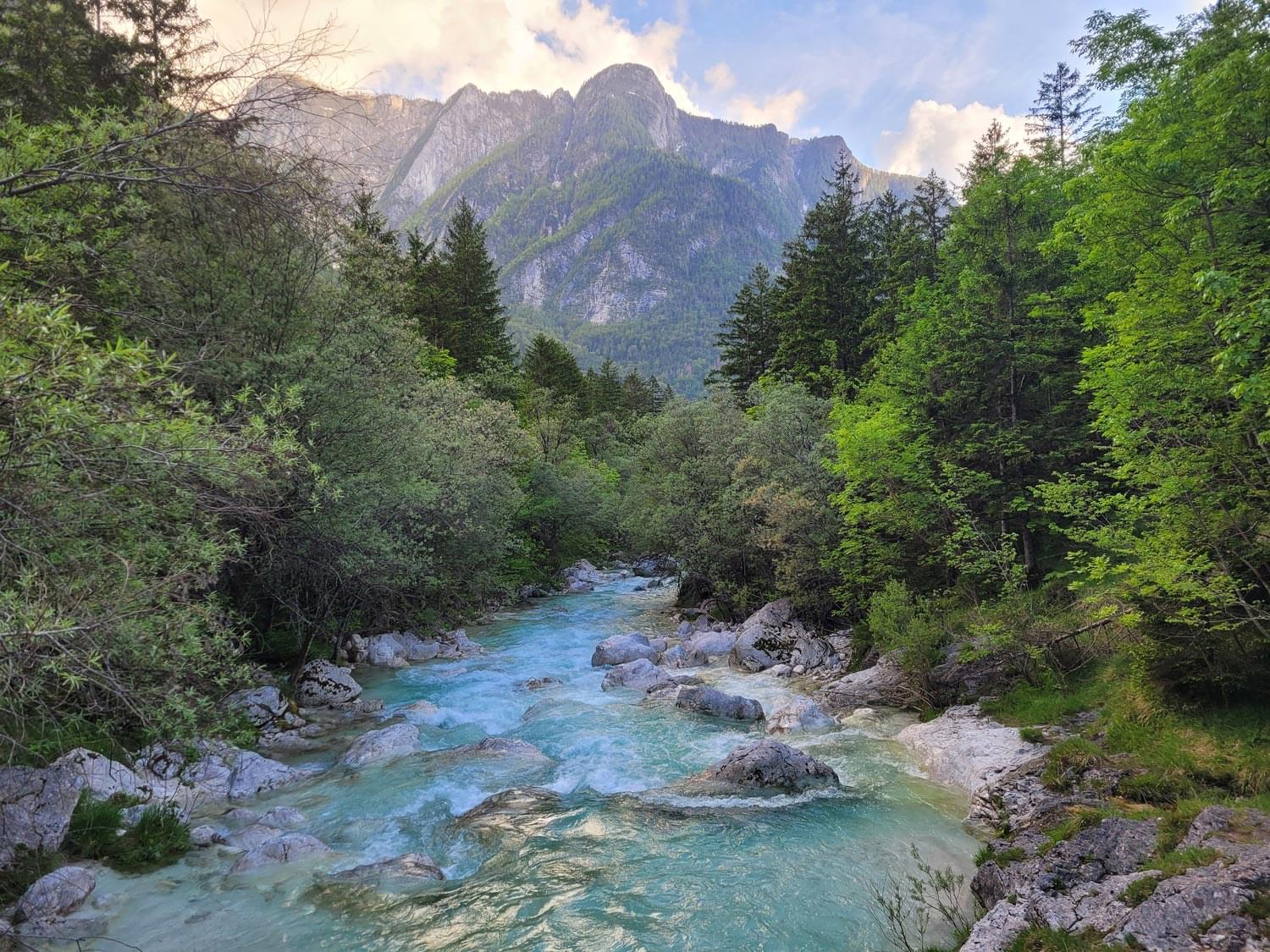NASA scientists are using space-based imaging technology to unlock the hidden world of flowers. By tracking wildflower blooms across California nature preserves using advanced spectrometers, researchers are uncovering how flower color and timing reflect broader environmental changes. This new met
Researchers at Osaka University have revealed a link between the equations describing strain caused by atomic dislocations in crystalline materials and a well-established formula from electromagnetism, an insight that could advance research in condensed matter physics. A fundamental goal of physi
A new collaboration between Brown University and TU Delft has brought us closer to interstellar travel using light-powered sails. By combining ultra-thin, highly reflective materials with AI-optimized nanoscale design, researchers created a revolutionary lightsail that’s cheaper, faster to make.
Why do certain plants flourish in some regions but not in others? A study led by researchers at the University of Göttingen sheds light on the factors that determine where plants grow and how these patterns have evolved over millions of years.
The team analyzed data from nearly 270,000 seed plant species.
A species is a group of living organisms that share a set of common characteristics and are able to breed and produce fertile offspring. The concept of a species is important in biology as it is used to classify and organize the diversity of life. There are different ways to define a species, but the most widely accepted one is the biological species concept, which defines a species as a group of organisms that can interbreed and produce viable offspring in nature. This definition is widely used in evolutionary biology and ecology to identify and classify living organisms.
Apple fined €150M for applying double consent only to third parties in ATT, breaching French privacy law.
Water Gamayun exploited CVE-2025–26633 to deploy SilentPrism, DarkWisp, and stealers with persistence.
Threat actors hide malware in WordPress mu-Plugins, exploiting 4 CVEs in 2024 to hijack websites.
Gamaredon targets Ukraine with Remcos RAT via phishing using LNK files tied to reused infrastructure.
Hackers are utilizing the WordPress mu-plugins (“Must-Use Plugins”) directory to stealthily run malicious code on every page while evading detection.
The technique was first observed by security researchers at Sucuri in February 2025, but adoption rates are on the rise, with threat actors now utilizing the folder to run three distinct types of malicious code.
“The fact that we’ve seen so many infections inside mu-plugins suggests that attackers are actively targeting this directory as a persistent foothold,” explains Sucuri’s security analyst Puja Srivastava.
Sam’s Club, an American warehouse supermarket chain owned by U.S. retail giant Walmart, is investigating claims of a Clop ransomware breach.
The Walmart division operates over 600 warehouse clubs with millions of members across the United States and Puerto Rico and almost 200 additional locations in Mexico and China.
Sam’s Club has over 2.3 million employees and reported a total revenue of $84.3 billion for the fiscal year ending January 31, 2023.









